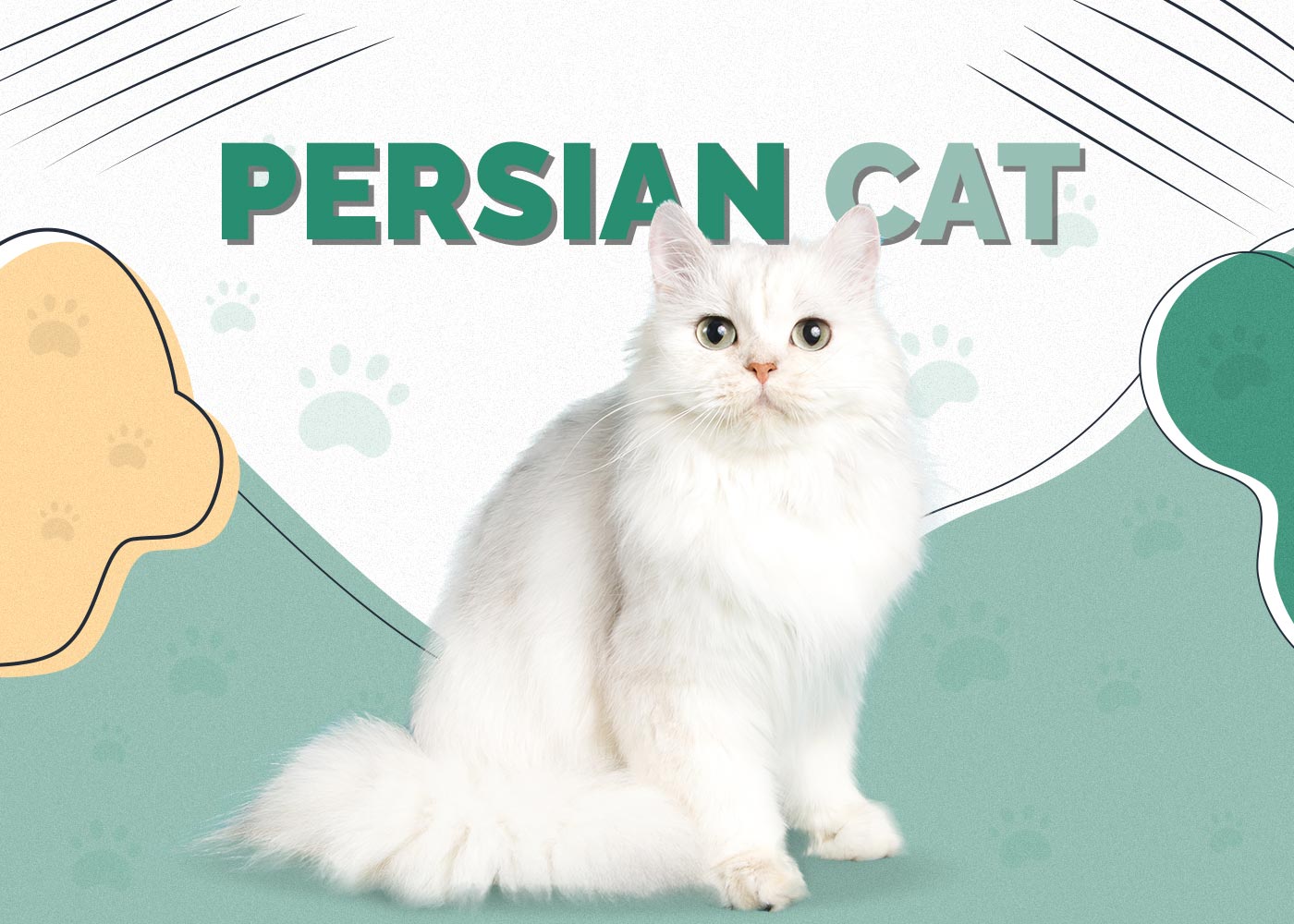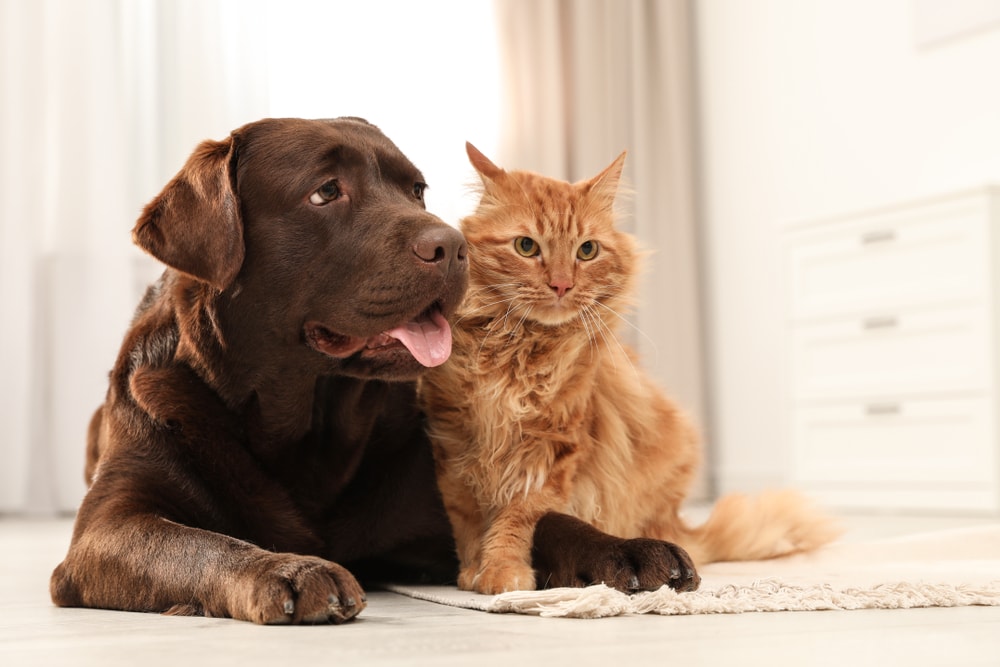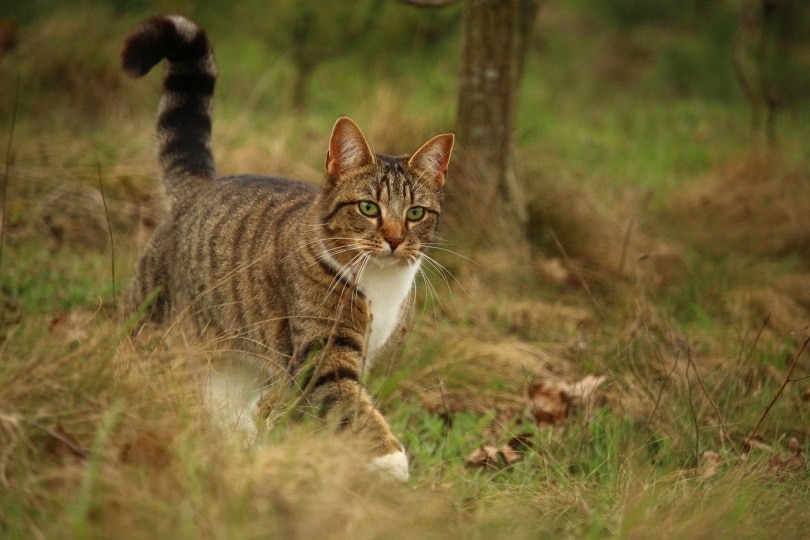7 Common Nebelung Cat Health Problems: Vet-Approved Facts

By Misty Layne
Updated on

Bringing a new kitty into your home is always a fun time, and part of that fun is deciding which breed would be the best fit for you and your family. One beautiful cat that you might not have considered yet is the Nebelung. This is a rare domestic breed, so you may not be as familiar with them as some other breeds. But they look similar to the Russian Blue and are known for being loyal and affectionate.
However, before you seriously consider the Nebelung (or any cat breed), you need to learn more about them to ensure that you have a good idea of what you’re getting into by adopting one. You’ll need to learn how to care for and groom them properly, and you’ll also need to look at the kinds of health problems that commonly occur.
The good news is that this relatively new breed, the Nebelung, hasn’t yet developed a tendency toward any particular genetic disorders. But cats in general are more likely to get certain diseases, so check out this quick overview of the seven most common health problems that the Nebelung might face.
Nebelung Cat Health Problems
1. Allergies
Not all cats will have allergies, but there will always be a few that do. Allergies could be caused by pollen or dust mites, medications, topical treatments, flea bites, and even certain foods. If you suspect that your Nebelung is allergic to something, you’ll need to talk to your vet about testing them to be certain. They may just start by eliminating certain things (such as the litter they’re using) to find out what’s causing the allergy, and treatment could involve steroids, diets, or immunotherapy.
- Sneezing
- Teary eyes
- Wheezing
- Itchiness
- Rashes
- Upset stomach after eating
2. Asthma
Cats can have asthma just like us humans—in fact, asthma is thought to affect between 1% and 5% of all cats, with most being diagnosed around 4–5 years of age. Asthma in felines is theorized to be caused by an allergic reaction to an allergen that’s been inhaled. After the allergen enters the body, antibodies cause immune cells to start inflammation pathways, resulting in the narrowing of the airways. If your pet is showing signs of asthma, your vet will need to do a variety of tests on them to diagnose it, including imaging. Luckily, there is treatment available in the form of corticosteroids and bronchodilators.
- Wheezing
- Difficulty breathing
- Breathing rapidly
- Breathing through the mouth
- Coughing
- Vomiting
3. Bladder Stones
There’s a chance that the Nebelung could be more prone to bladder stones due to the Russian Blue in their ancestry, but it’s not yet certain. Still, it’s something to keep a watch on.
Bladder stones are mineral formations that develop within the bladder and can occur because your kitty’s body isn’t processing them correctly. Since inflammatory diseases are common in felines, your vet will have to do some testing in the form of imaging to determine if your cat is suffering from bladder stones or something else. If they are, treatment options will be either surgery or dissolving them naturally with diet therapy.
- Trouble urinating
- Blood in the urine
- Frequent urination
4. Hypertrophic Cardiomyopathy
Hypertrophic cardiomyopathy is one of the most diagnosed heart diseases in cats. While the Nebelung isn’t necessarily more prone to this disease than other breeds, you should be aware of it because it occurs often in felines. This heart disease is inherited and causes muscles in the heart’s wall to thicken, which can result in blood clots and heart failure.
Unfortunately, there isn’t a cure, but if caught in time, you can manage it with medications that will help control the heart rate and prevent blood clots. Since this is an inherited disease, be sure to check with the breeder you’re purchasing from to ensure that the parent cats of any kitten you’re looking at have been tested. The signs will vary by feline, and you typically won’t see any until the disease is in the later stages.
- Lethargy
- Cough
- Labored breathing
- Sudden onset pain and hindlimb paralysis
- Pale or bluish gums
5. Kidney Disease
Particularly as cats get older, kidney disease may become an issue (though younger cats can also be at risk). This disease can be either chronic or acute, with acute typically being the result of something like ingesting poison, kidney infection, or blockages in the urinary tract. Chronic kidney disease, however, is typically what happens as cats age.
Regardless of the type of kidney disease that you suspect that your Nebelung may have, your vet will have to do several tests to determine the cause. Depending on what they find, treatment for kidney disease can range from surgery and medications to changes in your pet’s diet.
- Drinking tons of water
- Urinating more
- Weight loss
- Decreased appetite
- Diarrhea
- Vomiting
- Bad breath
6. Obesity
The Nebelung cat may be a bit fussy about what they consider good enough to be fed, but once they’ve found a food they have, you’ll have to keep an eye on them to ensure that they aren’t overeating. Too much food and treats can lead to obesity, a significant problem in cats. Not only will gaining too much weight cause your kitty to have trouble moving around and enjoying life to the fullest, but it can also lead to serious diseases, such as diabetes, or joint problems. If you find that your cat is getting a bit chunky, talk to your vet about the best diet to put them on and ensure that they get enough exercise each day!
- Overeating
- Gaining weight
- Less moving about
- Getting tired more often

7. Seborrhea
This skin disorder is relatively common in cats and has two types: seborrhea oleosa and seborrhea sicca. Seborrhea oleosa involves oily skin, while seborrhea sicca involves dry skin. Both conditions tend to be confused with dandruff, as they both cause the skin to become flaky. However, seborrhea is more serious than dandruff, as it is usually caused by something like a parasitic, bacterial, or fungal infection or allergies. Your vet will need to test to see what the underlying cause is if your Nebelung has seborrhea, which will determine the treatment. Treatments may involve special shampoos, corticosteroids, medication, and supplements.
- Flaky skin
- Skin odor
- Itchiness
- Skin redness and inflammation
Conclusion
Overall, the Nebelung cat is an incredibly healthy breed known for their longevity. Since they’ve not been around as long as many other breeds, we don’t yet know what exactly they could be more prone to when it comes to health problems. However, you should be aware of several common health issues that affect all cat breeds, so you can catch them early if they affect your feline. If you see any of these signs in your Nebelung, be sure to take them to your vet straight away for diagnosis and treatment.
Featured Image Credit: mama_mia, Shutterstock













